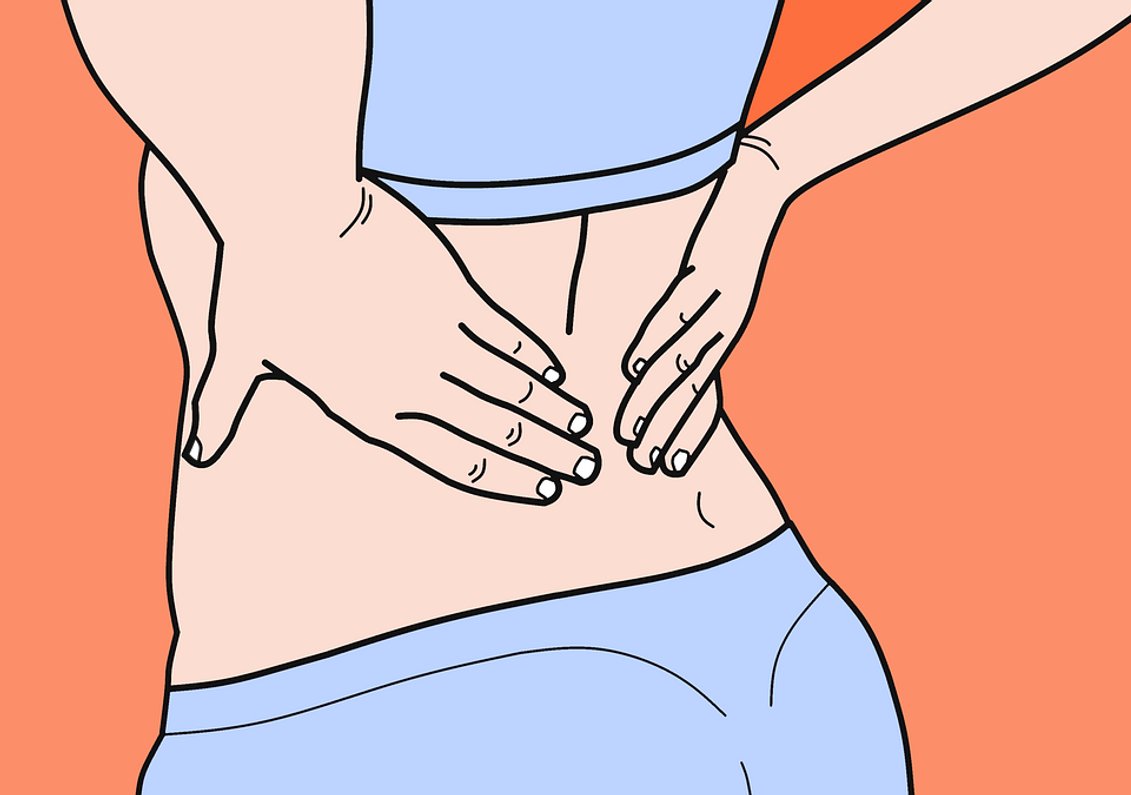Is Moving and Walking the Answer to Lower Back Pain?

Millions of Americans suffer from lower back pain. It's become so common, in fact, that it's listed as the world's leading cause of worker disability. But while most people treat lower back pain with pain-relieving medication, there's new evidence suggesting that moving may ease the pain and related symptoms.
According to the Stand Back study conducted by researchers from the University of Pittsburgh, people suffering from chronic lower back pain experienced decreased pain levels when using a sit-stand desk and walking for three minutes several times a day. Researchers found that workers who followed these simple actions experienced 36% lower pain levels than their counterparts in the control group who remained sedentary throughout their workday.
Researchers say that office workers who want to treat and/or prevent lower back pain should stand for at least two hours a day and take regular walking breaths throughout their shift.
The problem, however, is that standing and moving is often painful. It may sound contradictory to treat lower back pain with something that causes more pain. When your lower back hurts, you may find it difficult and painful to walk. However, this study suggests that walking can ease lower back pain, even if it initially worsens it.
Decreased levels of lower back pain wasn't the only benefit that participants experienced after moving and walking around. The study also found that 67% of participants experienced higher productivity levels and 58% said they felt healthier.
"Lower back pain is the number one cause of disability in the workplace,” said study leader, Bethany Barone Gibbs. "We are big in getting people to modify their behavior. This is non-pharmacological. It gets people to make a positive change in their behavior.”
The bottom line is that moving is good for your back and musculoskeletal system. It gets your muscles and bones moving, which may alleviate some pain-causing triggers like inflammation.
If you work in an office, consider investing in a sit-stand hybrid desk. With the average office worker sitting for up to 10 hours a day, this desk will allow you to work while standing, thus reducing some of the time spend standing. Additionally, exercising -- even if it's just for a few minutes during your break -- can further protect against lower back pain. By increasing your levels of physical activity and, subsequently, straying away from a sedentary lifestyle, you'll have an easier time protecting against lower back pain.
Recent Posts
-
Fire Safety in the Workplace: What You Need to Know
What steps are you taking to prevent fires in your workplace? According to the U.S. Occupational Saf …Aug 23rd 2023 -
Is It Safe to Go Jogging With a Cold Infection?
If you're suffering from a cold infection, you might be wondering whether it's safe to go jogging. T …Aug 22nd 2023 -
5 Safety Tips to Follow When Using a Powder-Actuated Tool
Powder-actuated tools are commonly used to join materials to steel and concrete. Also known as Hilti …Aug 20th 2023




